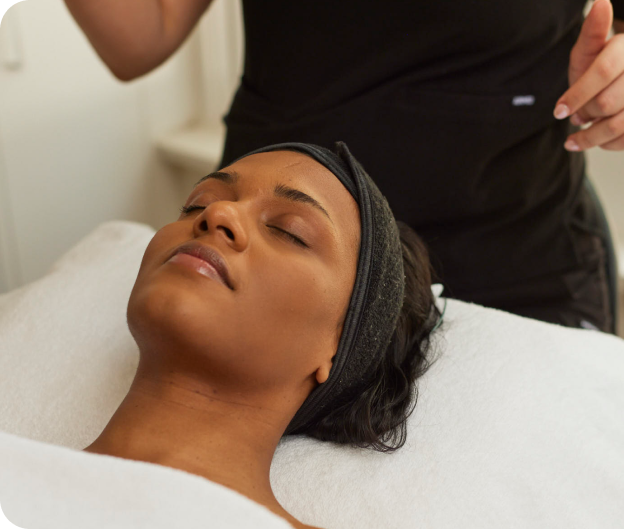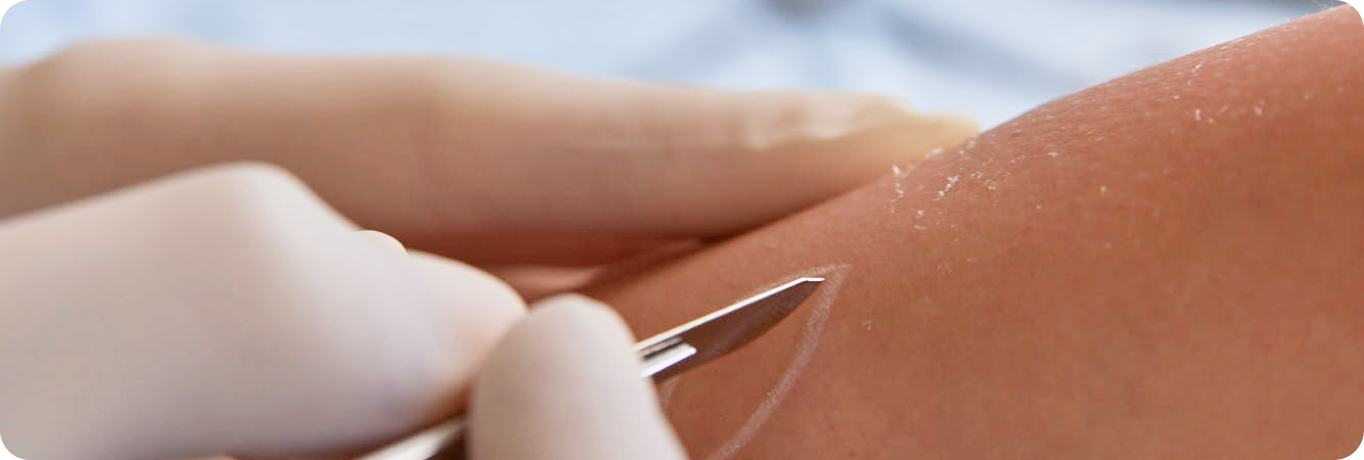
MEDICAL
Surgical Dermatology
At Skindepth Dermatology we diagnose and surgically remove skin cancers. We also offer a range of non- surgical modalities for the treatment of some skin cancers that include a range of small procedural options for benign lumps and bumps. To ensure the highest levels of medical care, all dermatologists must complete four extensive years of surgical training.
For larger more complex skin cancers, we have Specialist Plastic Surgeon, Dr James Finkemeyer, MBBS FACS. He is available for consultation for the full breadth of skin related surgery as well as cosmetic surgery of the face, breast and body. Dr James Finkemeyer consults patients and performs surgery in our surgical theatre within the comforting surrounds of our clinic. This means all aftercare and suture removal can be performed in one familiar place. Some patients still prefer to go to hospital to have their skin cancers treated with sedation which can easily be facilitated by out team.
Despite the fact that all surgeries will likely result in some form of scar, most are unlikely to be visible. Occasionally however, despite the best surgical techniques, scars can develop that are unsightly. At Skindepth we have a number of laser and light based modalities equipped to treat scars and give you the best outcomes possible. We also have light based treatments that can be used in the early phase of healing to lead to better outcomes.
Enter content...
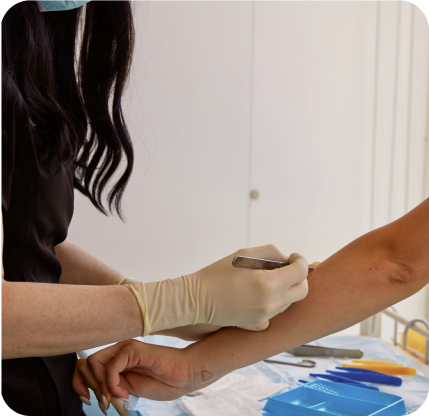
Dermatologic surgery encompasses medical and cosmetic procedures to remove both cancerous and benign growths of the skin. Surgical modalities we use at Skindepth Dermatology include:
• Cryotherapy: the freezing of skin lesions at temperatures of -196 Celsius with liquid nitrogen. This method is generally utilised in the treatment of seborrheic keratosis (age/wisdom spots), warts, actinic keratosis (sun damage) and very superficial skin cancers.
• Skin biopsies: a diagnostic tool to identify the nature of rashes or suspicious lesions of the skin.
• Fine wire diathermy: a form of electrosurgery which utilises an electric current to remove abnormal skin lesions, including skin tags and seborrheic keratosis. We also introduce electrosurgery into our surgical excisions to assist with the establishment of haemostasis (stop bleeding).
• Surgical excisions: Medically, surgical excisions are used to completely remove skin cancers. These include basal cell carcinoma (BCC), squamous cell carcinoma (SCC) and melanomas. Our cosmetic dermatologists also surgically remove benign growths, such as unsightly moles and other lesions.
• Local skin grafts and flaps: performed by our plastic surgeons, these procedures improve the appearance of defects in the skin. Defects often present because of surgical excisions to remove skin cancers.
There are three main classes of skin cancers that we treat here at Skindepth Dermatology. These include Basal Cell Carcinomas (BCCs), Squamous Cell Carcinomas (SCC) and Melanomas.
• Basal Cell Carcinoma: the most common of the non-melanoma skin cancers. These are especially common in individuals who present with many moles, fair skin, previous skin cancers and a history of sun exposure and burns. BCCs are slow growing and very rarely are they life-threatening. They may be superficial or nodular. These skin cancers may be treated medically or surgically alongside the guidance of your dermatologist.
• Squamous Cell Carcinoma: a non-melanoma skin cancer that can potentially spread beyond the skin. These lesions must be removed surgically by one of our surgical dermatologist or plastic surgeons.
• Melanoma: a life-threatening skin cancer that must be treated immediately. These skin cancers are incredibly fast growing with the potential to move into nerves or lymph nodes. The only method of treating a melanoma is to surgically excise the lesion, including large margins to ensure complete removal.
• Bowens Disease (SCC insitu): A type of skin cancer that is confined to the skin surface only. Due to no risk of deeper penetration, these lesions are largely considered precancerous.
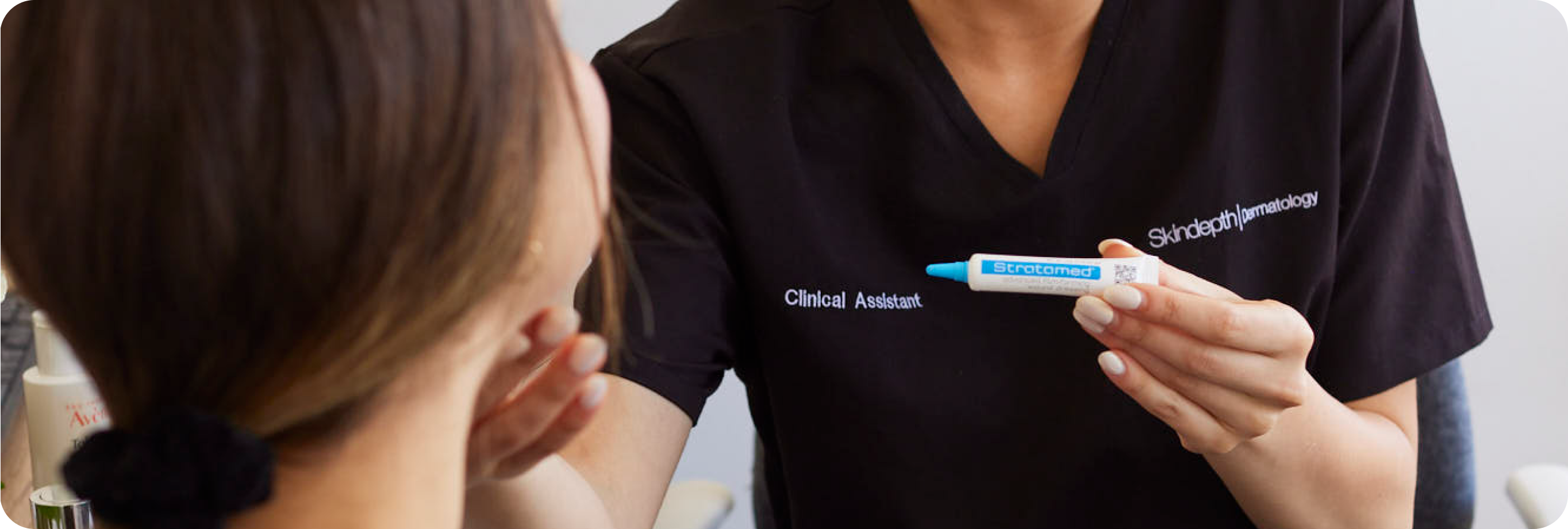
A skin biopsy may be performed as a punch biopsy, shave biopsy or curettage. These methods, only remove a small percentage of the lesion for the purpose of diagnosis. However, if the pathology necessitates complete excision, further surgery is required.
A full surgical excision involves removing deeper layers of tissue to ensure complete clearance. Therefore, an excision will require multiple layers of stitches and will leave a larger scar than a biopsy. The recovery period is also greater following a surgical excision.
Depending on the diagnosis, there may be other modalities available to treat your skin lesion. However, this is determined following your consultation with a dermatologist. For example, treatment of superficial skin cancers (BCCs) or precancerous Bowen’s Disease (SCC insitu) may include:
• Topical therapy
• Photodynamic therapy
• Cryotherapy
• Curettage
• Surgical excision
Surgical excisions are a day procedure performed at our St Kilda East clinic. For this reason, you will not require a general anaesthetic for surgery. Our doctors and nurses will ensure that you are comfortable throughout your procedure utilising local anaesthetic injections. The local anaesthetic delivered will provide further pain relief for 2-3 hours following the procedure.
Following a surgical procedure, we advise that you allow for 7-14 days of downtime, depending on the location of the wound and your own immune response. Downtime restrictions include refraining from exercise for 7-14 days and keeping the dressing dry and intact for the first week of recovery (or as directed by your doctor).
Please consider post procedure restrictions when booking your appointment with our reception staff.
Please arrive to your appointment 10-15 minutes early to engage in a pre-surgical consultation with our specialist nursing staff. During this consultation, please provide a full list of current medications and allergies for review. Please notify staff if you are currently taking blood thinners or if you have a pacemaker.
As you do not require a general anaesthetic for this procedure, there is not fasting requirements or restrictions on driving post-procedure.
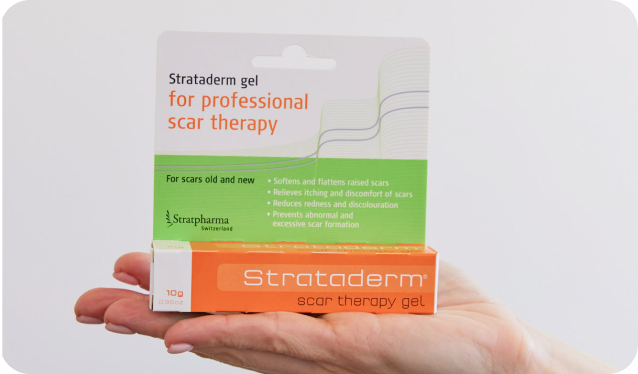
Yes – stitches promote optimal wound healing post-lesion removal. In larger excisions, you will leave with two layers of suturing. The innermost layer being dissolvable and the outermost layer being non-dissolvable.
We ask you return to clinic 7-14 days (or as directed) following your procedure for a complimentary wound assessment and stitch removal with our nursing team.
Unfortunately, any trauma to the skin surface will result in a scar (including surgery). At Skindepth Dermatology we have many methods for minimising the appearance of post-surgical scarring, including atrophic and keloid scarring. We offer a post-procedure pack to all our surgical excision patients to ensure post-operative wound care reduces the development of scarring.
• Topical options, including Strataderm and Stratamed application.
• Vascular laser
• Nano-Fractional (Nano-Frac) Radiofrequency
• Fraxel technology
• Corticosteroid injections
Please contact our nursing staff to discuss your options when it comes to scar management.
Surgical excisions and other medical procedures are claimable on Medicare, with out-of-pocket costs ranging depending on the location of treatment. Please contact our reception staff to arrange a fee estimate.
-
What are the different types of skin cancers?
There are three main classes of skin cancers that we treat here at Skindepth Dermatology. These include Basal Cell Carcinomas (BCCs), Squamous Cell Carcinomas (SCC) and Melanomas.
· Basal Cell Carcinoma: the most common of the non-melanoma skin cancers. These are especially common in individuals who present with many moles, fair skin, previous skin cancers and a history of sun exposure and burns. BCCs are slow growing and very rarely are they life-threatening. They may be superficial or nodular. These skin cancers may be treated medically or surgically alongside the guidance of your dermatologist.
· Squamous Cell Carcinoma: a non-melanoma skin cancer that can potentially spread beyond the skin. These lesions must be removed surgically by one of our surgical dermatologist or plastic surgeons.
· Melanoma: a life-threatening skin cancer that must be treated immediately. These skin cancers are incredibly fast growing with the potential to move into nerves or lymph nodes. The only method of treating a melanoma is to surgically excise the lesion, including large margins to ensure complete removal.
· Bowens Disease (SCC insitu): A type of skin cancer that is confined to the skin surface only. Due to no risk of deeper penetration, these lesions are largely considered precancerous.
-
What is the difference between a skin biopsy and a surgical excision?
A skin biopsy may be performed as a punch biopsy, shave biopsy or curettage. These methods, only remove a small percentage of the lesion for the purpose of diagnosis. However, if the pathology necessitates complete excision, further surgery is required.
A full surgical excision involves removing deeper layers of tissue to ensure complete clearance. Therefore, an excision will require multiple layers of stitches and will leave a larger scar than a biopsy. The recovery period is also greater following a surgical excision.
-
Are there any alternatives to surgical treatment?
Depending on the diagnosis, there may be other modalities available to treat your skin lesion. However, this is determined following your consultation with a dermatologist.
For example, treatment of superficial skin cancers (BCCs) or precancerous Bowen’s Disease (SCC insitu) may include:
· Topical therapy
· Photodynamic therapy
· Cryotherapy
· Curettage
· Surgical excision
-
Will I require an anaesthetic for my surgical excision?
Surgical excisions are a day procedure performed at our St Kilda East clinic. For this reason, you will not require a general anaesthetic for surgery. Our doctors and nurses will ensure that you are comfortable throughout your procedure utilising local anaesthetic injections. The local anaesthetic delivered will provide further pain relief for 2-3 hours following the procedure.
-
What length of downtime can I expect following a surgical procedure?
Following a surgical procedure, we advise that you allow for 7-14 days of downtime, depending on the location of the wound and your own immune response. Downtime restrictions include refraining from exercise for 7-14 days and keeping the dressing dry and intact for the first week of recovery (or as directed by your doctor).
-
How do I prepare for my surgical procedure at Skindepth Dermatology?
Please consider post procedure restrictions when booking your appointment with our reception staff.
Please arrive to your appointment 10-15 minutes early to engage in a pre-surgical consultation with our specialist nursing staff. During this consultation, please provide a full list of current medications and allergies for review. Please notify staff if you are currently taking blood thinners or if you have a pacemaker.
As you do not require a general anaesthetic for this procedure, there is not fasting requirements or restrictions on driving post-procedure.
-
Will I require stitches?
Yes – stitches promote optimal wound healing post-lesion removal. In larger excisions, you will leave with two layers of suturing. The innermost layer being dissolvable and the outermost layer being non-dissolvable.
We ask you return to clinic 7-14 days (or as directed) following your procedure for a complimentary wound assessment and stitch removal with our nursing team.
-
Will I be left with a scar?
Unfortunately, any trauma to the skin surface will result in a scar (including surgery). At Skindepth Dermatology we have many methods for minimising the appearance of post-surgical scarring, including atrophic and keloid scarring. We offer a post-procedure pack to all our surgical excision patients to ensure post-operative wound care reduces the development of scarring.
-
Post Surgical Scar Treatment
· Topical options, including Strataderm and Stratamed application.
· Vascular laser
· Nano-Fractional (Nano-Frac) Radiofrequency
· Fraxel technology
· Corticosteroid injections
Please contact our nursing staff to discuss your options when it comes to scar management
Medical:
General Dermatology Skin Checks Surgical Dermatology Vulvar Clinic Wart Clinic Medical Treatments- Choosing a selection results in a full page refresh.
- Opens in a new window.
